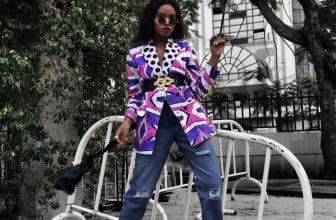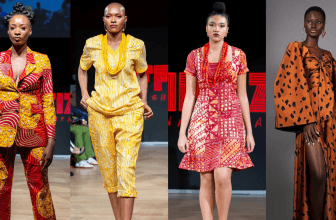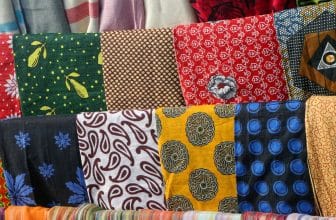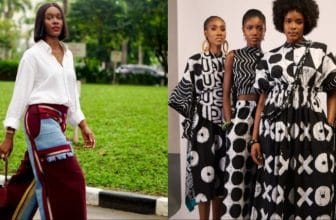Aso Oke vs Kente — The Royal Battle of West African Textiles
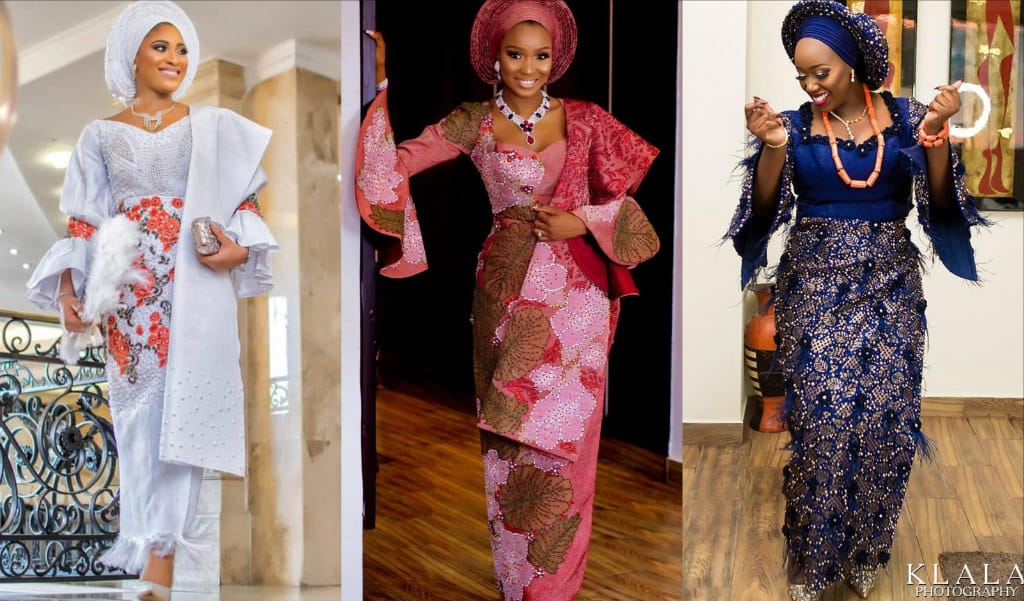
Introduction
Every culture has its crown jewel — a fabric that tells its story.
In Nigeria, it’s Aso Oke, the handwoven cloth of Yoruba royalty.
In Ghana, it’s Kente, the colorful, geometric masterpiece of the Ashanti kingdom.
Both fabrics are rich in history, wrapped in meaning, and worn with pride.
But while they share a similar purpose — royal identity and cultural pride — their designs, origins, and spiritual depth reveal two powerful expressions of African artistry.
Let’s step into the royal wardrobe of West Africa. 
1. Origins — Two Kingdoms, One Pride
Aso Oke was born among the Yoruba people of southwestern Nigeria.
Its name literally means “top cloth” — the best of the best.
Traditionally, it was worn by chiefs, brides, and kings during ceremonies.
Kente, on the other hand, emerged from the Ashanti and Ewe peoples of Ghana.
Legend says two hunters saw a spider weaving its web and were inspired to create the first Kente cloth. It became the symbol of royalty, used by kings and queens in sacred rituals.
Two cultures, one message: greatness is handwoven.
2. Design and Color — The Language of Royalty
If Aso Oke speaks in tones of power and grace, Kente sings in vibrant symphonies of color.
• Aso Oke often comes in muted yet regal tones — deep indigo, beige, red, and gold. Patterns are woven into narrow strips that reflect elegance and simplicity.
• Kente, meanwhile, bursts with geometric brilliance — bold yellows, greens, reds, and blues. Each color carries a spiritual meaning:
• Gold for wealth and royalty
• Green for growth
• Blue for harmony
• Red for spiritual strength
Aso Oke whispers. Kente shouts. Both command attention.
3. Technique — Threads of Skill and Symbolism
Aso Oke is woven on horizontal strip looms, mostly by men, and sewn together into large pieces.
The three main types — Etu, Sanyan, and Alaari — each carry a unique identity.
Kente is made on narrow vertical looms, using silk and cotton threads.
Each Kente pattern has a name and meaning — from Adweneasa (“my skill is exhausted”) to Fathia Fata Nkrumah (a cloth named after Ghana’s first president and his Egyptian wife).
In essence, Aso Oke focuses on texture and prestige, while Kente emphasizes color and narrative.
4. The Role in Modern Fashion
Both fabrics have crossed borders.
From Lagos to Accra, London to New York, designers now blend these royal weaves into suits, gowns, and streetwear.
• Nigerian tailors use Aso Oke to create agbadas, gele, and modern jackets.
• Ghanaian designers craft Kente-inspired dresses and blazers that radiate African luxury.
Celebrities like Beyoncé, Burna Boy, and Naomi Campbell have worn versions of both fabrics on stage — proof that African heritage is global fashion gold.
5. Aso Oke vs Kente — No Competition, Just Connection
Though often compared, Aso Oke and Kente are not rivals.
They are two sides of the same royal coin.
Both celebrate craftsmanship, honor ancestry, and remind the world that Africa’s creativity runs deep and timeless.
In truth, the “battle” is a bond — a dialogue between two empires that wove beauty from spirit, not machines.
Conclusion
Whether it’s the Yoruba’s Aso Oke or the Ashanti’s Kente, one thing is certain:
these fabrics are not just fashion — they are identity, memory, and pride woven into cloth.
So when next you see a wedding in Lagos or a coronation in Kumasi, look closely —
you’re not just seeing fabric.
You’re witnessing royalty reborn.



